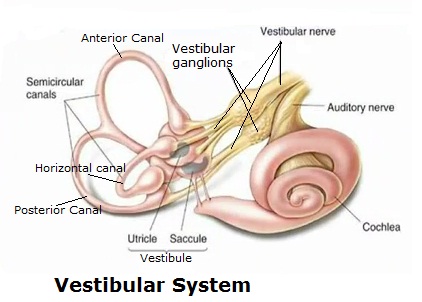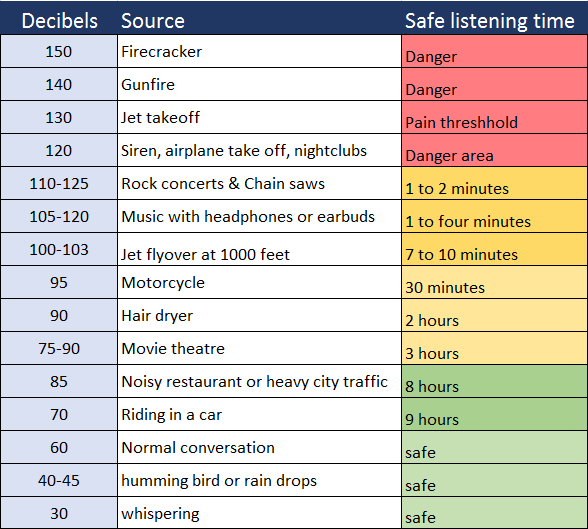Illusions occur when sensory data is misinterpreted by the brain. The illusions we perceive are proof that our minds construct our perceptions and may become confused as they try to process information. The brain works on certain assumptions of what it has or will perceive in nature. When those assumptions are broken, the brain uses what it has and constructs the best perception it can – an illusion. Some illusions are subjective (for example, the now famous blue or gold dress); different people may perceive what they see or feel differently. Most illusions tend to be optical (visual), but there are also tactile, auditory, taste, and scent illusions. There are so many types of illusions that I can only cover a small amount of them.
Visual/ Optical Illusions
An optical (visual) illusion is one in which images are perceived abnormally because of an overload of information or an underling assumption that prove false (the brain organizes sensory information in specific ways which then prove false, so the brain uses the information given and tries to fill in or construct the rest). There are three main types of illusion
- Literal optical illusions: create images different from the objects that make them,
- Physiological illusions: effects on the eyes and brain of excessive stimulation (brightness, tilt, color, movement)
- Cognitive illusions: when the eyes and brain make unconscious inferences
Let’s look at three examples:
The celebrity’s illusion: plays on the strength of the fovea and the weakness of peripheral vision. The fovea is only about 2% of the visual field, the center of our vision where we see clear and crisp images. Outside of the foveal view, our actual vision is a little burly and our brain constructs a picture from that information, but when the brain is given excessive data (as in the celebrity illusion) our brain tries to compensate. This is probably compounded by the images being faces, which are very important to us and which our brain invest a lot of energy into understanding.
Forced Perspective: perspective is a very old an important perception – it helps keep us alive by telling us how far things (like predators) are – but it’s built on certain assumptions. When our assumptions are broken, then we experience forced perspective.

Color assumptions: When we perceive colors we tend to think that they are universal, red is always red, blue is always blue, but that’s not correct. How we perceive colors depends largely on context. In the classic example below, the brown square on top center of the block is the exact same color as the “orange” square in the front center. Our brain uses light references to tell us how we should perceive the color, not what the actual color is.

Auditory Illusions
Auditory illusions can be either sounds which are not present (filling in) in the stimulus or “impossible” sounds. A simple example: you may perceive a voice coming from a dummy when watching a ventriloquist since the words seem to synchronize with the dummy mouth movements.
The Shepard tone is a well-known example of an “impossible” sound – it’s cycles between a limited set of tones, each separated by an octave, the illusion sounds like an ever raises continuously (the equivalent of the Penrose stairs illusion).
One important point to know about auditory perception is that it often depends on presumptions, which the brain can quickly learn to overcome. Here’s an example:
Taste Illusions
There are several types of taste illusions, but the classic involves the effect of color on taste. Using either a blind taste test or changing the color of white wine to read confuses even wine judges. And changing the color of sweet drinks (like a lime flavored drink to red) was suggested enough that people perceived a completely different flavor.
Olfactory/Scent Illusions
The sense of smell is very old and may not be as easy to fool as our other senses. There’s very little information available on olfactory illusions and some argument over whether they exist. The one type of illusion I can think of is when unlike molecules smell the same – for example Benzaldehyde (the smell in almonds) and cyanide. It’s difficult to call this an illusion since the brain isn’t being overloaded and no presumption is being warps, but it clearly represents an event when the brain can’t tell the difference between two molecules.
Tactile Illusions
There are several types of tactile illusions. Phantom limb syndrome is one, but since it is in effect a disorder, lets look at another type. The Cutaneous rabbit illusion can be induced by tapping two or more separate regions of the skin in rapid succession. Example: a rapid sequence of taps near the wrist, then near the elbow can create the sensation of sequential taps hopping up the arm even though no physical stimulus was applied between the two actual locations.
Web Applications
It’s always a good to have a professional graphic artists for Web development. I’ve seen unintended optical illusions on sites that distracted from the content – that hurts usability.
Related Articles
- Illusion
- Sensory Illusions
- The Neuroscience of Illusion
- The Secret life of the brain: mind illusions
- Perception and Perceptual Illusions
- Why do we see optical illusions
- How your eyes trick your mind
- Why Optical Illusions Fool Our Brains
- How Do Optical Illusions Work?
- Mighty Optical Illusions
- Visual Illusions
- Forced perspective photography
- Music special: Five great auditory illusions
- Auditory illusion
- Music special: Five great auditory illusions
- Tactile illusion
- Tactile illusions: Seven ways to fool your sense of touch
- Cutaneous rabbit illusion
- Olfactory Illusions
- Taste illusions

